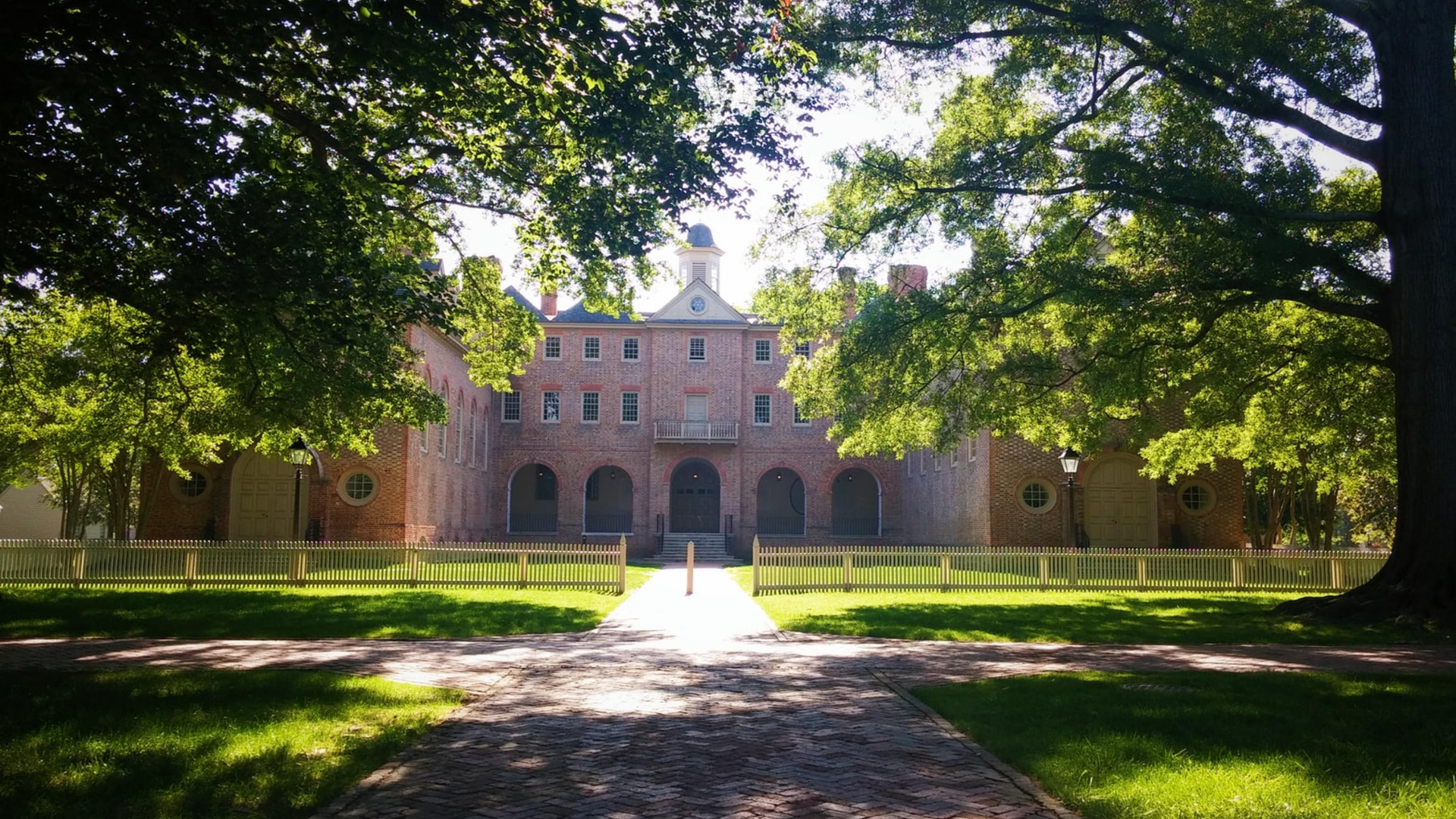I currently work at a high school in Mexico.
Being a high school teacher was something I had always kept in my back pocket as a Plan B in college, and when the opportunity came up to do it in Mexico, I said “Yes!”

Since that life-changing moment, I have learned a lot about the education system in Mexico.
In fact, I have worked with families who are expats themselves, raising adolescents in a foreign country.
They seem satisfied!
Finding a Good Mexican High School is Worth It
Some families move to Mexico specifically to provide their children a different type of lifestyle. They want to give their students tranquility, the ocean, and Spanish practice.
Fun Fact: Mexican high schools are called prepatorias or “la prepa.”
The Mexican School System is Different
Elementary school is called la primaria. Middle school is colegio. These schools usually go through the American ninth grade. For many decades, finishing colegio was a national standard. Today, however, parents push students to go to high school.

They also certify schools as programs with certain majors such as psychology, tourism, communications, or business. It is common for students graduating from high school to go directly into the workforce based on the concentration of their school.
The school calendars are generally separated in the same way across the board. For example, they have two semesters that run August-January and February-July. The semesters are divided into three partials. The first two partials are like the regular school year; they are marked with midterm exams.

The final partial is a marathon to the finish line. Students are bogged down with additional assignments, often more difficult ones, that count for a higher percentage of their final semester (transcript grade).
Private schools offer smaller class sizes. Each class is referred to as a group and often given a letter. Teachers talk about “the A group” and “the B group,” for instance.
Mexican people don’t really refer to the years as a sophomore or senior, for example. Instead, they count semesters. The first, second, third, fourth, fifth, and sixth semesters denote particular milestones in the mind of the average Mexican citizen.
Grades Are On a Ten-Point Scale.
A 10 is an A+. Perfect work. Top of the class. A 9 is like an “A-“. An 8 is a B, and so on. Many students don’t like getting below an 8, but some are happy to get at least a 6, which means they passed.
Local regulations require schools to give students multiple chances to earn at least a 6 in a class. If the student fails a class beyond special assignments (to make up for the low grade), they will probably have to repeat the entire school year.
After High School…
Mexican students apply to local and international colleges upon graduating. The students are very bright, and school systems rival those of American and Canadian counterparts in many parts of the country. Many students earn generous scholarships.
In Conclusion
Shop around and figure out if the school culture is a fit, and everything will be just fine.
Does your high school student’s experience make the grade? As an educator, I’d love to hear how an international student experience is going!
by: Dale Hanstad


